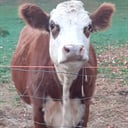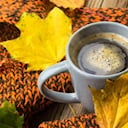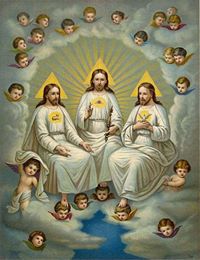Which of these is a Middle Eastern sweet made from flour or nut butter?
Halva is any of various dense, sweet confections made in West Asia, Central and South Asia and the United States. It is also served in the Balkans, the Caucasus, Eastern Europe, Malta, North Africa, the Horn of Africa, and in the Jewish diaspora.
In some Indian cultures, the dish is known as a soup-based sweet. Identical sweets exist in other countries, such as China, though these are not generally referred to as "halva". The first known written halvah recipe appeared in the early 13th century Arabic Kitab al-Tabikh (The Book of Dishes).
In global, popular usage it means "desserts" or "sweet", and describes two types of desserts:
Flour-based type of halva is slightly gelatinous and made from grain flour, typically semolina (suji- India and Pakistan). Its primary ingredients are clarified butter (ghee), flour, and sugar.
Nut butter-based type of halva is crumbly and usually made from tahini (sesame paste) or other nut butters, such as sunflower seed butter. Its primary ingredients are nut butter and sugar.
Halva may also be based on various other ingredients, including beans, lentils, and vegetables such as carrots, pumpkins, yams and squashes.
It can be kept at room temperature during the non-summer months with little risk of spoilage.
More Info:
en.wikipedia.org












